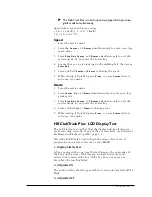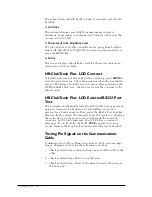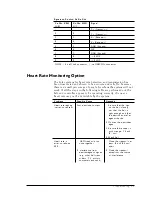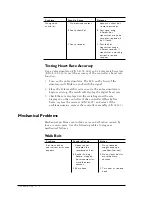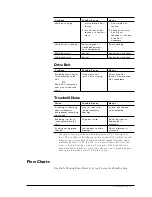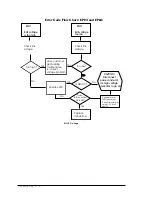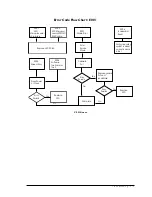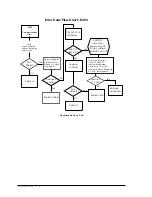
Input Power Module
The input power module receives line power from the power outlet.
When sold for use in the United States and Canada, these
treadmills use 115 VAC power. When sold for use in Europe and
the United Kingdom, the treadmills use 230 VAC power.
Drive Board
The treadmill drive board uses line power to develop 300 VDC
which is then used to create three-phase power for the drive motor
assembly. The frequency of the three-phase signal sent to the drive
motor determines the drive motor rotational speed. The motor
current draw is a function of the torque load placed on the motor
through the deck assembly by the user.
The drive board uses 110 VAC power to generate a half wave
rectified signal used to drive the grade motor. Two solid state
relays drive the grade motor: one in the direction of increasing
grade, the other in the direction of decreasing grade.
Drive Motor Assembly
The drive motor, which is driven by the drive board, delivers
torque and speed to the front roller of the treadmill through a
poly-V belt and a set of speed reduction pulleys. A flywheel,
integral to the motor poly-V pulley, is used to average the pulsing
runner loads.
Grade Motor Assembly and System
The grade motor drives the grade pinion shaft, using a chain and a
set of speed reduction sprockets. The grade pinion shaft in turn
drives a set of rack gears, which raise and lower the front of the
treadmill.
A grade potentiometer is used to sense the actual treadmill grade
for the grade system feedback. Limit switches limit the travel of
the rack gears in the event of potentiometer failure or incorrect
calibration.
Deck and Roller Assembly
The deck and roller assembly provides the running surface for the
user. This surface consists of a movable, flexible walk belt
supported by a semi-rigid platform. The platform is supported by a
steel-welded frame.
A poly-V-belt, coupled through a pulley to the drive motor, drives
the front roller. The front roller uses friction to drive the walk belt.
A rear roller, acting as an idler pulley, tensions the walk belt. Both
rollers are mounted to the steel support structure.
Theory of Operation 2-4
Содержание ClubTrack
Страница 3: ......
Страница 102: ......
Страница 103: ......
Страница 104: ......
Страница 105: ......
Страница 106: ......
Страница 107: ......
Страница 108: ......
Страница 109: ......
Страница 110: ......
Страница 111: ......
Страница 112: ......
Страница 113: ......
Страница 114: ......
Страница 115: ......
Страница 116: ......
Страница 117: ......
Страница 118: ......
Страница 119: ......
Страница 120: ......
Страница 121: ......
Страница 122: ......
Страница 123: ......
Страница 124: ......
Страница 125: ......
Страница 126: ......
Страница 127: ......
Страница 128: ......
Страница 129: ......
Страница 130: ......
Страница 131: ......
Страница 132: ......
Страница 133: ......
Страница 134: ......
Страница 135: ......
Страница 136: ......
Страница 137: ......
Страница 138: ......
Страница 139: ......
Страница 140: ......
Страница 141: ......
Страница 142: ......
Страница 143: ......
Страница 144: ......
Страница 145: ......
Страница 146: ......























